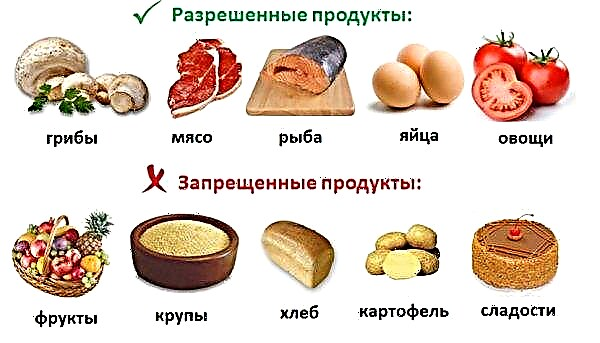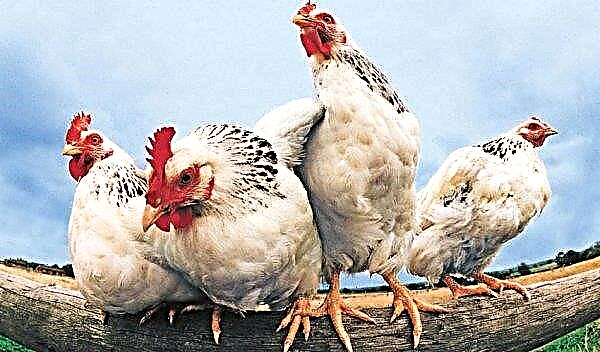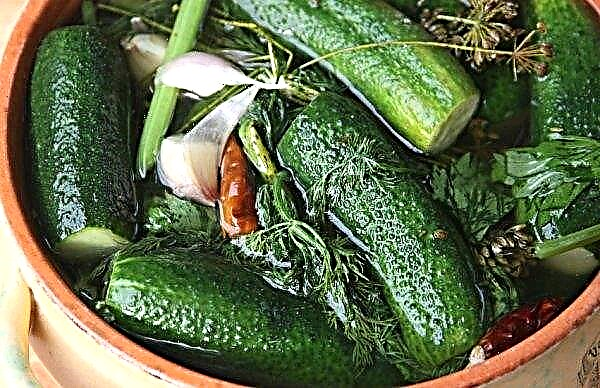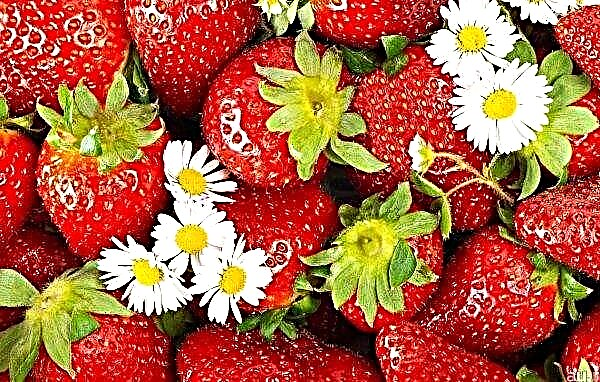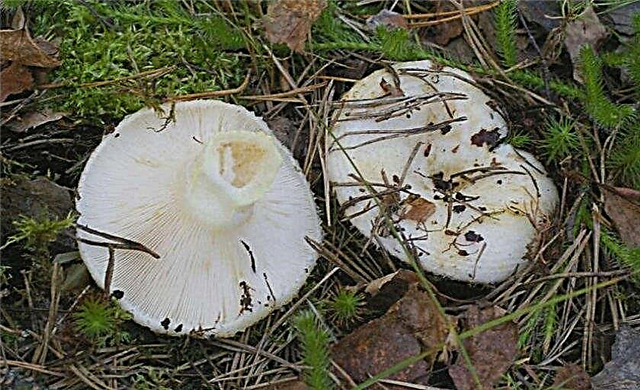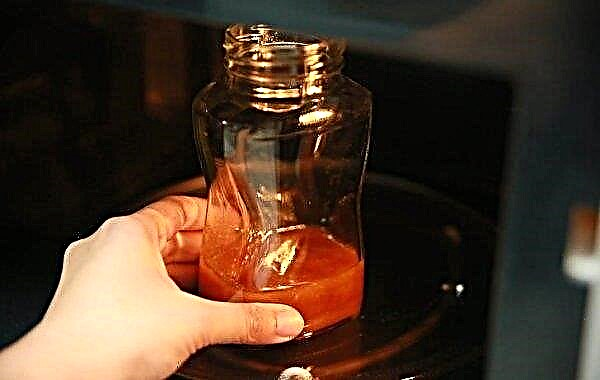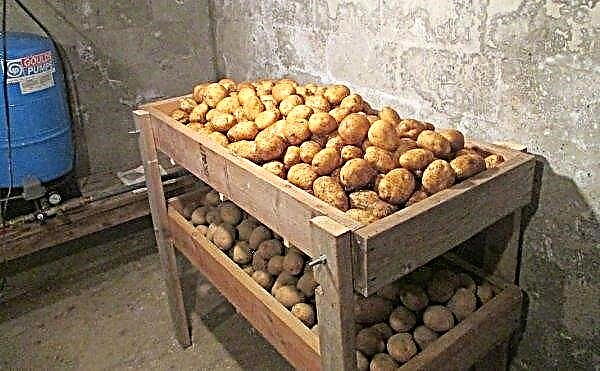In nature, there is a huge variety of cacti and succulents that have long and successfully "taken root" in home collections, amazing flower lovers with an incredible variety of shapes and sizes. And during the period of active flowering, you can observe an incredible amount of delicate fragrant flowers. The article will discuss echinocereus, a flowering succulent.
Echinocereus: features of a houseplant
Echinocereus - a plant belonging to the Cactus family, which has a clear resemblance to cacti, is actually a succulent. The plant has a distinctive feature in the form of arachnid spines, covering both the stem and fruits. The habitat in the wild is the mountain forests of the adjacent territories of Mexico and the USA. Due to its high decorativeness, succulent is one of the favorites of flower growers.
Video: Echinocereus plant
Plant Description:
- Stem - columnar, or rounded in shape, on which lateral processes grow. Lying stem - from 15 to 60 cm, has a thin, greenish-gray surface shell, the base acquires brown tones as it grows.
- Trunk - ribbed, with densely spaced areoles with numerous needles, up to a decimeter long. The thorns are located relative to the stem perpendicularly or closely adjacent to it.
- Flowers grow not from the areola, as is typical for cacti, but from the adjacent surface area of the stem. A rupture of the surface shell occurs and a flower in the form of a tube opens, the diameter varies from 2 to 15 cm. The petals are slightly twisted and bent backwards, they have yellow, red, lime or pink shades. The middle of the flower is a cluster of stamens and ovaries. The flower tube is covered on the outside with numerous spines. Flowering echinocereus is accompanied by a delicate citrus aroma.
- Edible, spherical, shiny, with numerous spines, fruits, covered with shiny red skin. Diameter - up to 35 mm, very small seeds are inside the fruits. For the strawberry aroma that the fruits have, the plant is called the strawberry hedgehog.
Did you know? All cacti are succulents, however, not all succulents are cacti. The presence of needles and thorns, which are a substitute for leaves, is the main hallmark of cacti.
Types of Echinocereus
The genus Echinocereus counts approximately 70 species of plants used in indoor floriculture. The most common and sought after are:
- Echinocereus crest. The plant got its name from the appearance of the stem, which is covered by vertical shallow ridges (about 20-30 pieces), on which thorns that fit snugly against the stem grow, which creates a unique pattern on the surface. On the top shoot during flowering, funnel-shaped pink flowers bloom.
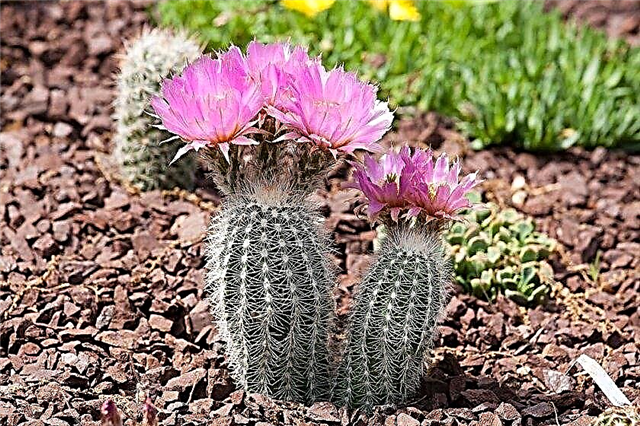
- Echinocereus Reichenbach. The stems are cylindrical in shape with numerous lateral branches painted in saturated green. The trunk grows up to a quarter meter, on the surface of which are clearly visible spiral-shaped, or vertically located, ribs with long, white-yellow spikes. Large, up to 10 cm, violet or pink flowers bloom at the top of the stem. This type of echinocereus includes such decorative varieties as: Armatus, Baileyi, Albispinus.

- Echinocereus three-throated. Recognizable by the stems of spherical shape, which stretch as plants grow. Shoots - ribbed, up to 12 pieces, covered with bunches of short spines.

- Echinocereus is the hardest. Very decorative succulent. The regular elongated form of the stem, dark in color, as if divided into 15-20 ribs, covered with bent and tightly pressed to the surface, spines, which give the impression of a coating of scallops. Needles - pink or white and yellow.
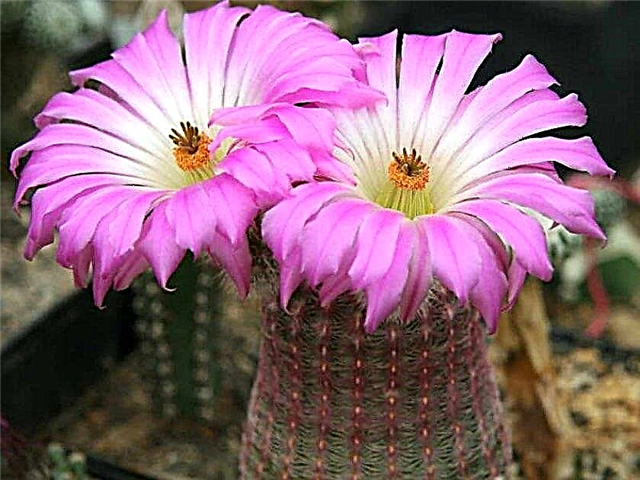
- Echinocereus poleless. The stem is covered with very short needles, silver tint, which are tightly pressed to the trunk. The plant blooms in large bright yellow flowers, with a diameter of up to 120 mm.

Conditions for growing in the house
The conditions for echinocereus at home are as follows.
What kind of lighting is needed for the plant
Flowerpots with succulents must be placed in places with good lighting during the day - window sills, balconies and loggias, glazed terraces. Sunlight should be as bright as possible, direct action on home cacti.
Important! Types of succulents, covered with rare needles, should be "accustomed" to intense light fluxes gradually.
Requirements for temperature and humidity
In the summer, echinocereuses tolerate high temperatures perfectly, however, in the autumn-winter interval, plants need low temperatures not exceeding + 12 ° С. In the natural environment of growth, succulents are exposed to frost, however, at home, exposure to extremely low temperatures is not desirable. Cactus can grow for a long time in dry and dry air, but rare spraying from the sprayer will not be superfluous.
What should be the earth mixture for the plant
For exotics, experts recommend using purchased soil mixtures - water- and breathable, mineral. Prepare at home planting soil from:
- sand;
- coal;
- crushed gravel;
- turf land.
How to care for echinocereus at home
To maintain plants in a healthy state, care must be taken.
Important! In the cold months, watering the echinocereus is not recommended at all, especially for those specimens that are forced to be in a room with low temperature values.
Features of watering
In the spring-summer season, watering should be moderate and only after the upper soil layer is completely dry. Otherwise, root rot may develop. Water is used softened, filtered, at room temperature.
Plant nutrition
Fertilizers are applied to the soil during the period of active growth once a month. Specialized mineral compounds (for cacti, succulents, orchids) are diluted in water (the concentration is indicated in the annotation of the nutritional composition) and irrigated. In the winter season, dressing should not be made “under the flower”.
Transfer
Young specimens are transplanted once a year, in the spring. Older - 1 time in 4 years. The pot should be chosen not deep, but wide enough to provide the necessary space for growing children. In the process of transshipment to another tank, you can separate the "bush" into separate instances, carefully so as not to damage the root system, to separate the plants from each other. Soil, as mentioned above, use a special one.
Video: Echinocereus transplant
Propagation of the plant Echinocereus
The following are possible breeding options for indoor echinocereus.
Seeds
Reproduction by seeds will allow to obtain a large number of specimens, but at the same time there is a possibility of losing varietal characters.
Main stages:
- The seed material is kept in a refrigerator at a temperature of about + 5 ° C for 4 weeks.
- Next, they are placed in wet sand.
- The container is covered with plastic wrap and placed in a well-heated place.
- Sandy soil should be sprayed regularly and the plantings should be aired.
- Shoots sprout in 3 weeks, which dive into separate cups or a common wide shallow pan, using soil for succulents.
Video: cactus seed propagation
Cuttings-kids
This method of reproduction involves the following manipulations:
- Carefully separate the cuttings from the mother stem and leave for 3 days to wither.
- After a whitish coating appeared at the place of separation, the baby is placed in wet sand, slightly pressing into its surface.
- Planted stalk should be supported with something until it is sufficiently rooted.
- Watering should not be carried out under the root to avoid water accumulation.
- Usually, rooting occurs within 3 weeks and the young plant grows very quickly.
Video: cactus propagation by cuttings by children
Growing difficulties
Cactus has excellent immunity, which protects against pests and diseases. The only problem can be considered the emergence of putrefactive processes of the root system, which arise due to violations of the irrigation regime or waterlogged air. In this case, it makes sense to transplant the flower into a new, “healthy” soil, with preliminary treatment of the roots with fungicidal preparations.
Did you know? Due to its absolute unpretentiousness and rare watering, echinocereuses are used in designer jewelry, placing the plant’s outlet in the frame of a ring or pendant.
From the information contained in this article, it can be understood that breeding and keeping at home the alpine plant, which is echinocereus, does not seem difficult. And subject to simple agricultural techniques, you can ensure a long period of lush flowering.






